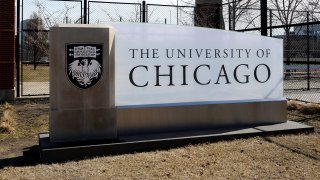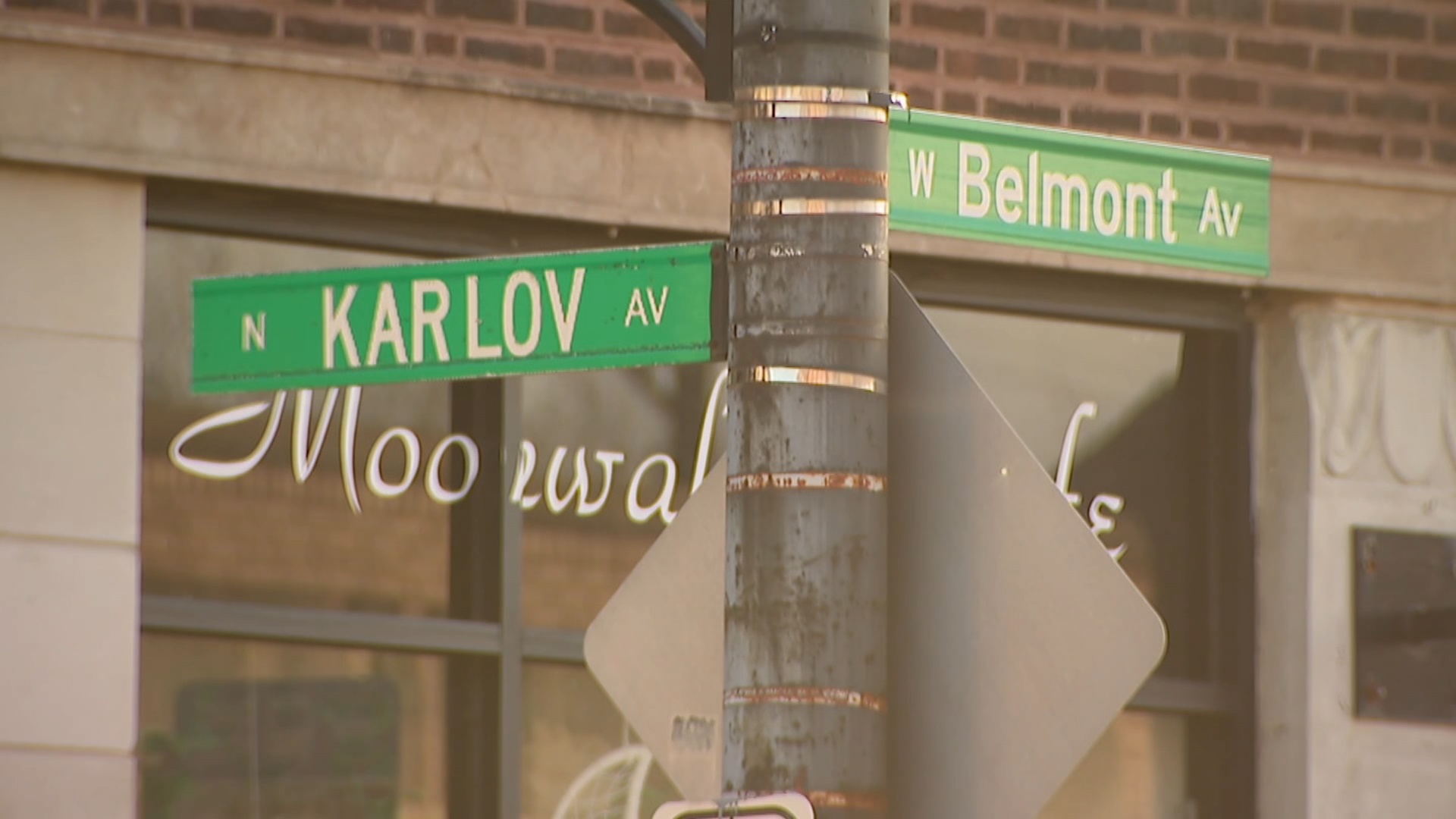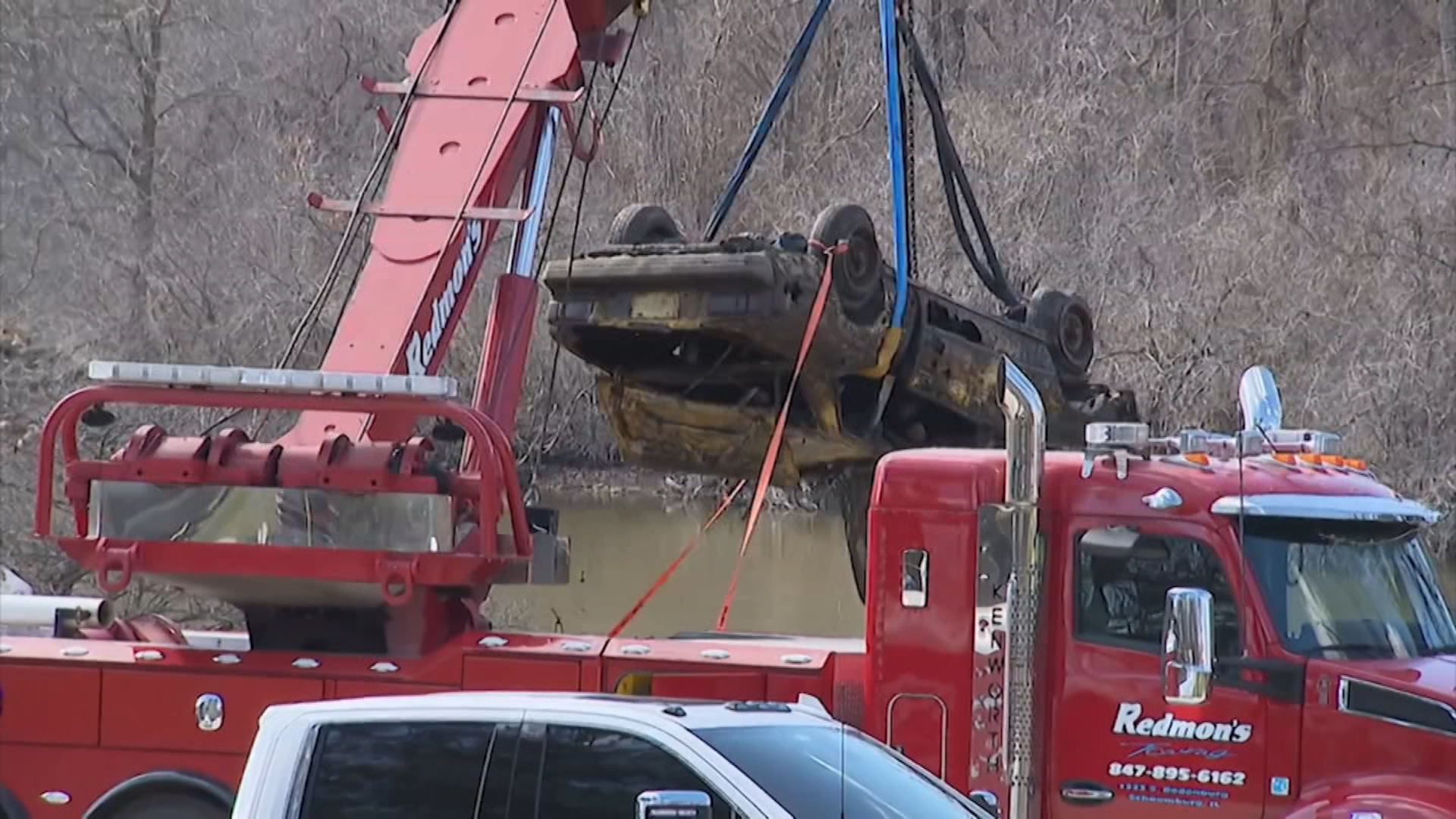
File photo.
Minutes before a man was shot by a University of Chicago police officer this week, he called 911 and said he had a gun and wanted to be killed by police, Cook County prosecutors said Thursday.
But it’s unclear whether the officer knew that when he spotted Rhysheen Wilson on the street in Hyde Park waving a gun and finally firing at the officer late Tuesday morning, authorities said.
Wilson, 27, remained hospitalized with five gunshot wounds Thursday as a bail hearing was held on charges of attempted murder of a police officer.
The university identified the officer as Nicolas Twardak, the same officer who shot Charles Soji Thomas while he was possibly having a mental episode in 2018. That shooting happened about a block from Tuesday’s.
Wilson, 27, was “having mental issues” when he called his cousin Tuesday morning and told him where he was, Assistant State’s Attorney James Murphy said in court. The cousin found him crying and talking about killing himself, Murphy said.
Wilson — who suffers from schizophrenia, PTSD and mood swings — was off his medication, Murphy said.
Wilson ran away from his cousin, pulled out a gun and called 911, Murphy said, telling the dispatcher his name, giving a description of what he was wearing and where he was.
Local
Wilson told the dispatcher “he needed police because a suicidal man is walking up 52nd and Woodlawn with a gun,” Murphy said. He then told the dispatcher he was talking about himself.
Wilson continued to speak with the dispatcher, saying “he wanted to go out by suicide-by-cop, and that he just wants to die, and he’s ready,” Murphy said.
Feeling out of the loop? We'll catch you up on the Chicago news you need to know. Sign up for the weekly Chicago Catch-Up newsletter.
Wilson told the dispatcher he had a loaded gun, that he was shooting in the air “and that he is not going to hurt anyone but a cop,” Murphy said.
While on the phone with 911, Wilson shot at the ground near his cousin who had continued following him, Murphy said. Wilson also fired into the air several times.
Twardak was driving down the street and saw Wilson pointing a gun at him and slowed down, Murphy said. As the officer stepped out his squad car, Wilson allegedly opened fire at Twardak.
The officer ran for cover toward parked cars on the other side of the street, and then moved to the front porch of a brick home as Wilson continued firing, Murphy said.
Using the brick stoop as cover, the officer fired at Wilson, then repeatedly ordered Wilson to get on the ground, Murphy said.
As Wilson moved toward the officer’s squad car in the middle of the street, the officer fired at Wilson again and struck him, Murphy said. Wilson suffered two gunshot wounds to the thigh, two to the lower leg and one to the groin.
As Twardak approached, Wilson said he “wanted to bleed out,” Murphy said.
Three witnesses saw the shooting unfold, including a person in a car in Wilson’s line of fire. She reversed the car and then noticed a bullet hole in her windshield and hood, Murphy said.
Body camera video released by the university begins with Twardak on the front steps of a home, shouting for Wilson to “get on the ground, get on the ground.”
Seconds later, the officer begins shooting, firing at least five times. The officer then runs closer to the man, using an SUV for cover while continuing to yell “get on the ground” and firing more shots.
Ten shell casings were found at the corner where Wilson was firing at the officer, Murphy said. There’s no video of that corner, but the three witnesses saw him shooting at the officer.
Wilson has one previous gun conviction from 2013. He was sentenced to 18 months in prison after pleading guilty to unauthorized use of a weapon.
Wilson’s attorney from the public defender’s office declined to present mitigating factors, explaining Wilson remained hospitalized and she was unable to speak with him.
Judge Maryam Ahmad ordered Wilson held on $2 million cash bail.
Wilson also faces counts of aggravated discharge of a weapon and aggravated unauthorized use of a weapon.
Twardak was placed on administrative leave pending the outcome of investigations into Tuesday’s shooting, the school said.
It wasn’t clear during the court hearing whether the officer was aware of the 911 call Wilson had made. The university said Twardak had not been called to the scene, but had spotted Wilson while driving through the neighborhood.
This is the second time the officer has shot someone while on the University of Chicago police force.
In 2018, Twardak shot Charles Soji Thomas while the student was possibly having a mental episode near campus, the school said. Thomas had been smashing car windows with a pipe and allegedly charged at Twardak while holding the pipe.
The Chicago Police Department and the university reviewed the shooting, and both reviews found that the officer’s actions were “consistent with applicable law,” the school said.
Twardak has been an officer at the university since 2016, the school said. In addition to patrol duties, he has served as a field training officer and bike officer, according to the school.
Students with CareNotCops, a group formed in response to Thomas’ case in 2018, said they were disturbed by the similarities to Tuesday’s shooting.
“From what we know right now, it seems like he was undergoing a mental health crisis, which just further connects it to Soji,” Warren Wagner, an organizer with CareNotCops, told the Sun-Times.
Since the group’s formation, CareNotCops has pushed the university to divest its police forces and further invest in mental health resources and facilities on campus.
In 2020, Thomas filed a lawsuit against Twardak and the University of Chicago Police Department.
The lawsuit, which remains pending in Cook County court, claims that before opening fire Twardak said, “We have a mental.”
Attorney Steve Greenberg, who filed the lawsuit, said he wasn’t surprised Twardak was involved in another shooting.
“There’s a reason why someone like this is a serial shooter,” Greenberg said. “And it’s not because he has some special ‘spidey sense’ that shootings require. It’s because he’s poorly trained and ill-equipped and shouldn’t be on the job.”



